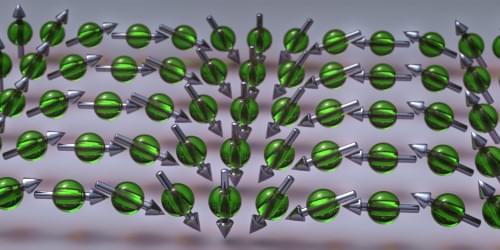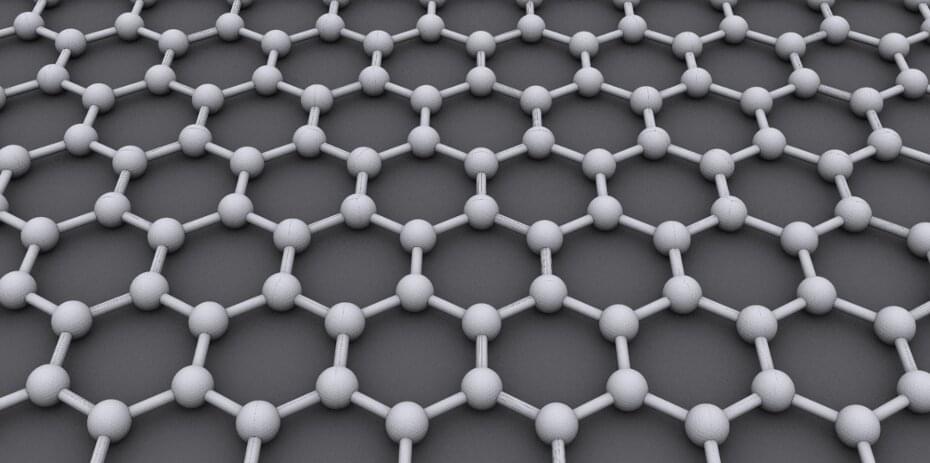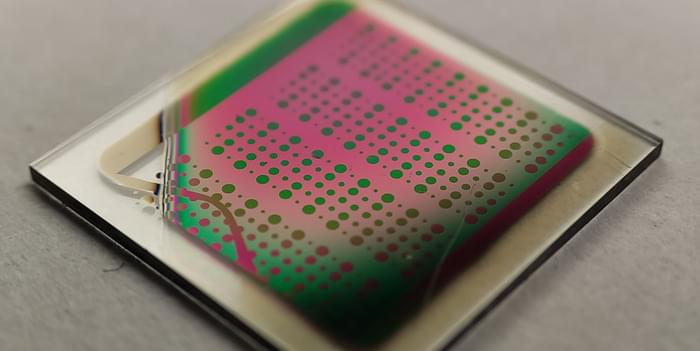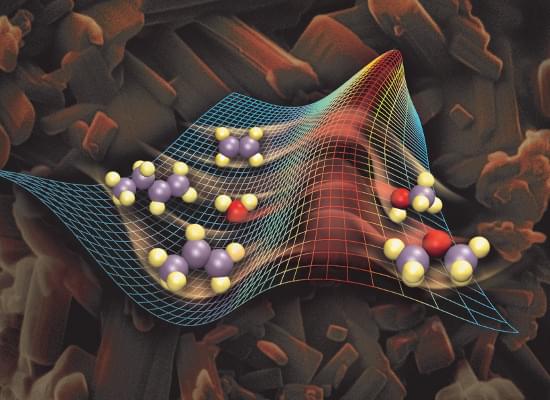Mar 25, 2023
Beaming in a Spin Texture
Posted by Saúl Morales Rodriguéz in categories: materials, particle physics
Researchers use an optical vortex beam to create a stable pattern of electron spins in a thin layer of semiconductor material.
Spin-based electronic, or “spintronic,” devices can benefit from techniques that coax electron spins into static spatial patterns called spin textures. A new experiment demonstrates that an optical vortex—a light beam that carries orbital angular momentum—can generate a stable spin texture in a semiconductor [1]. The research team showed that the vortex generates a pattern of stripes that has potential uses in processing spin information. Previous experiments have optically stimulated these striped textures, but the optical vortex has a structure that approximately overlaps with the stripe pattern, allowing faster spin-texture formation.
The spins of unbound electrons in a material can be aligned by a magnetic field or by polarized light. But as these electrons move—either through diffusion or through conduction—their spins will begin to rotate in response to so-called spin-orbit interactions within the material. The direction and rate of these rotations for any given electron depend on the path that it takes. Thus, two nearby electrons that start out aligned will become misaligned as they move along different paths, even if they arrive at the same destination. So maintaining an electronic spin texture seems like a doomed enterprise.

















